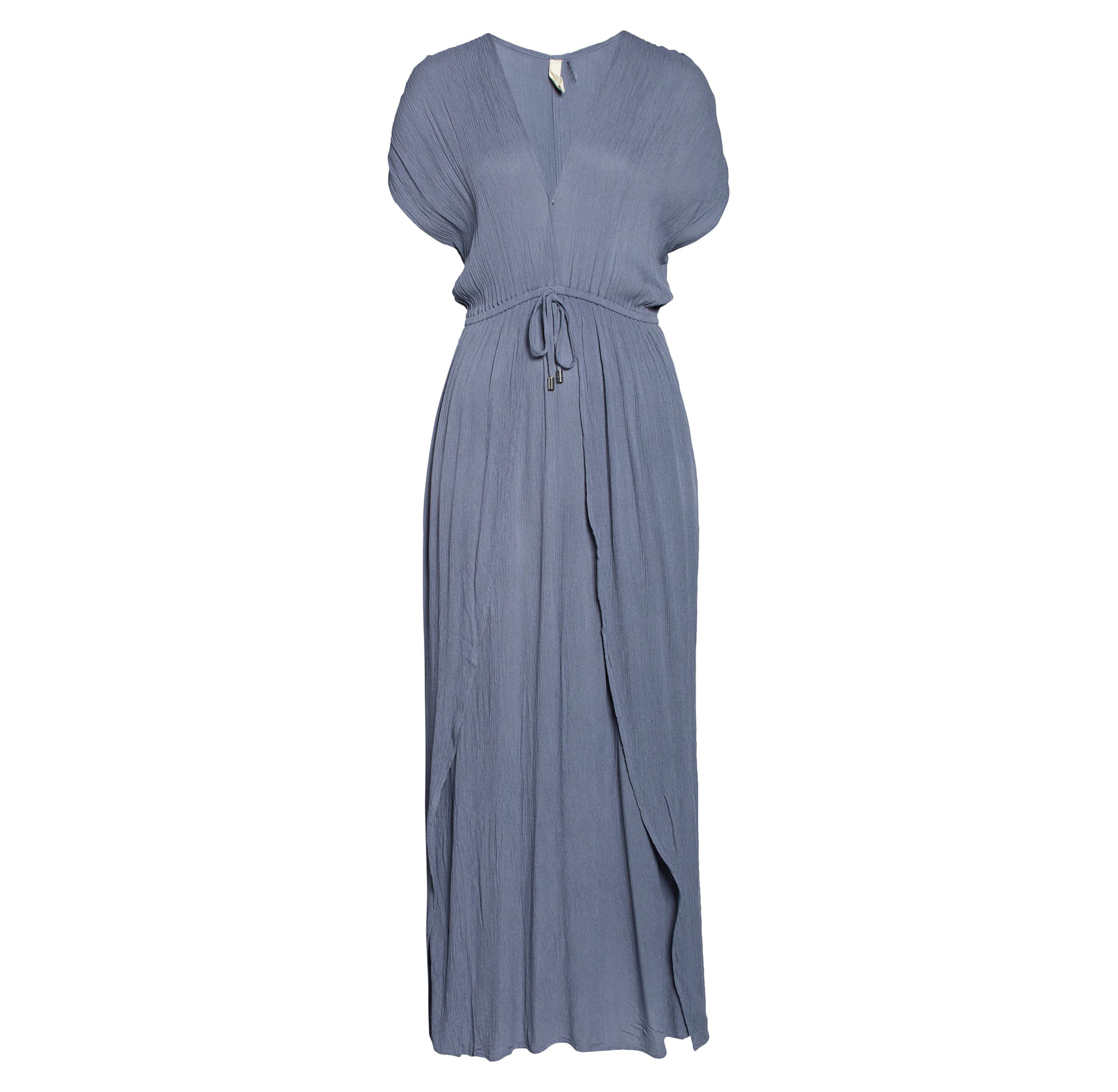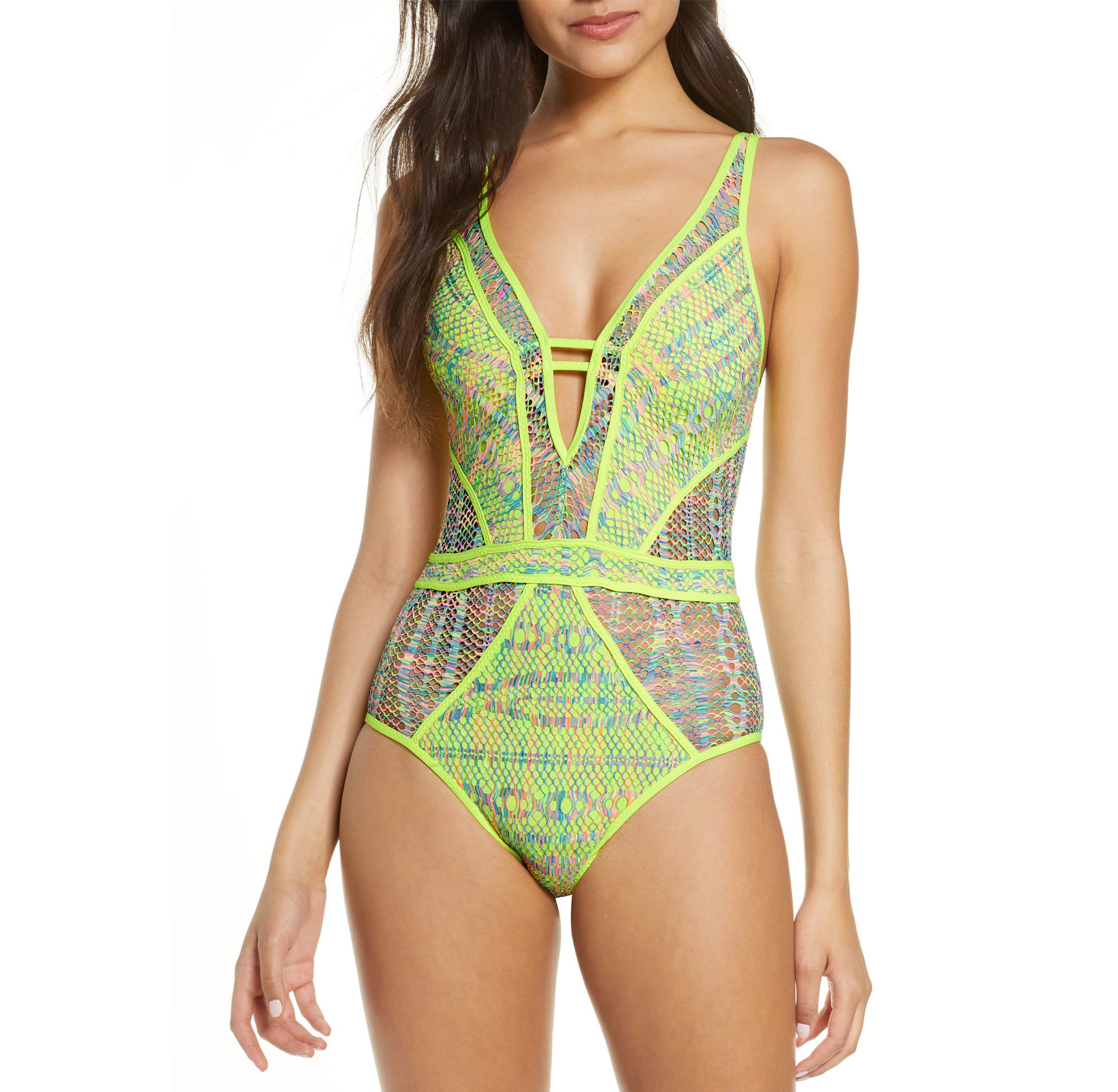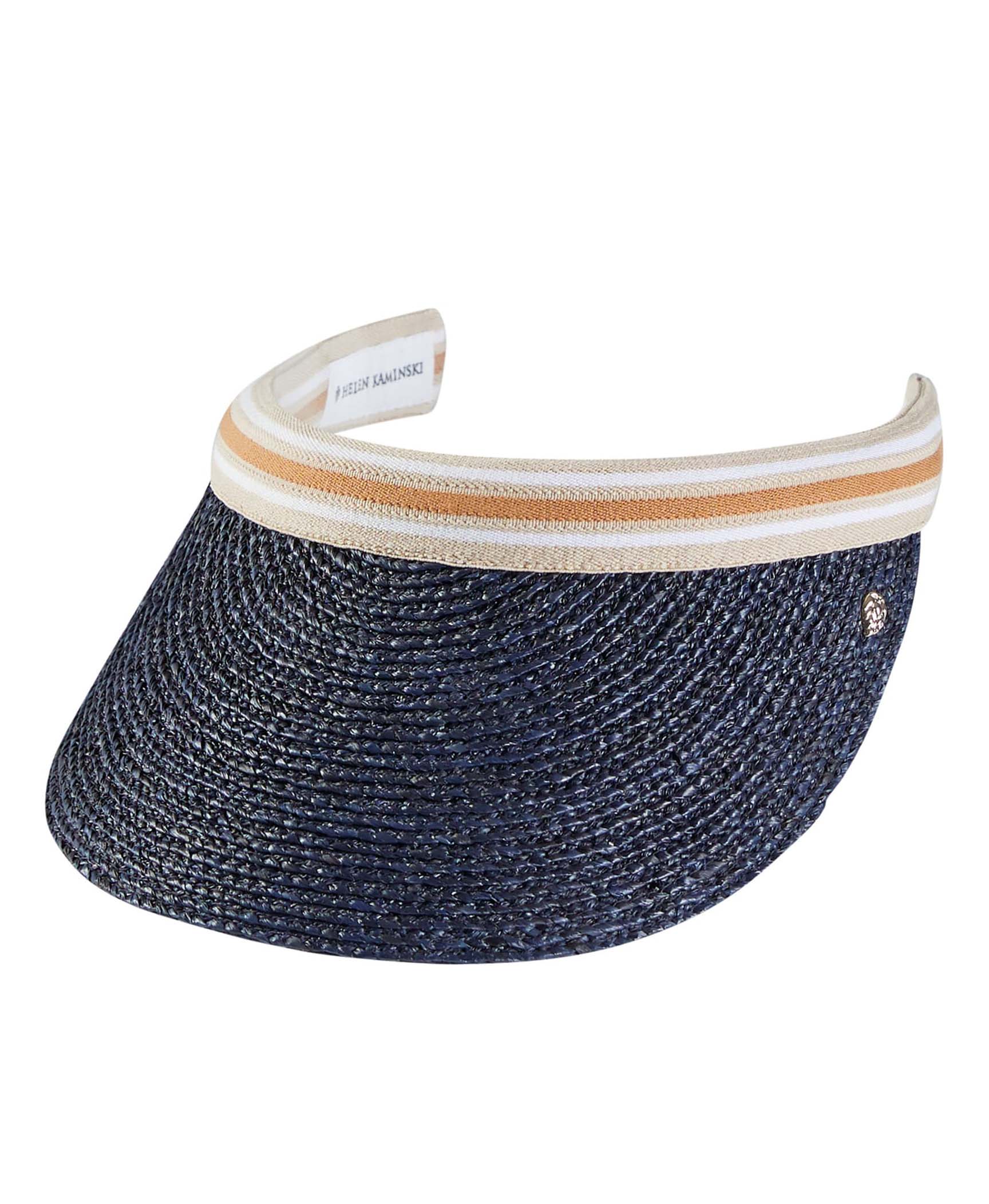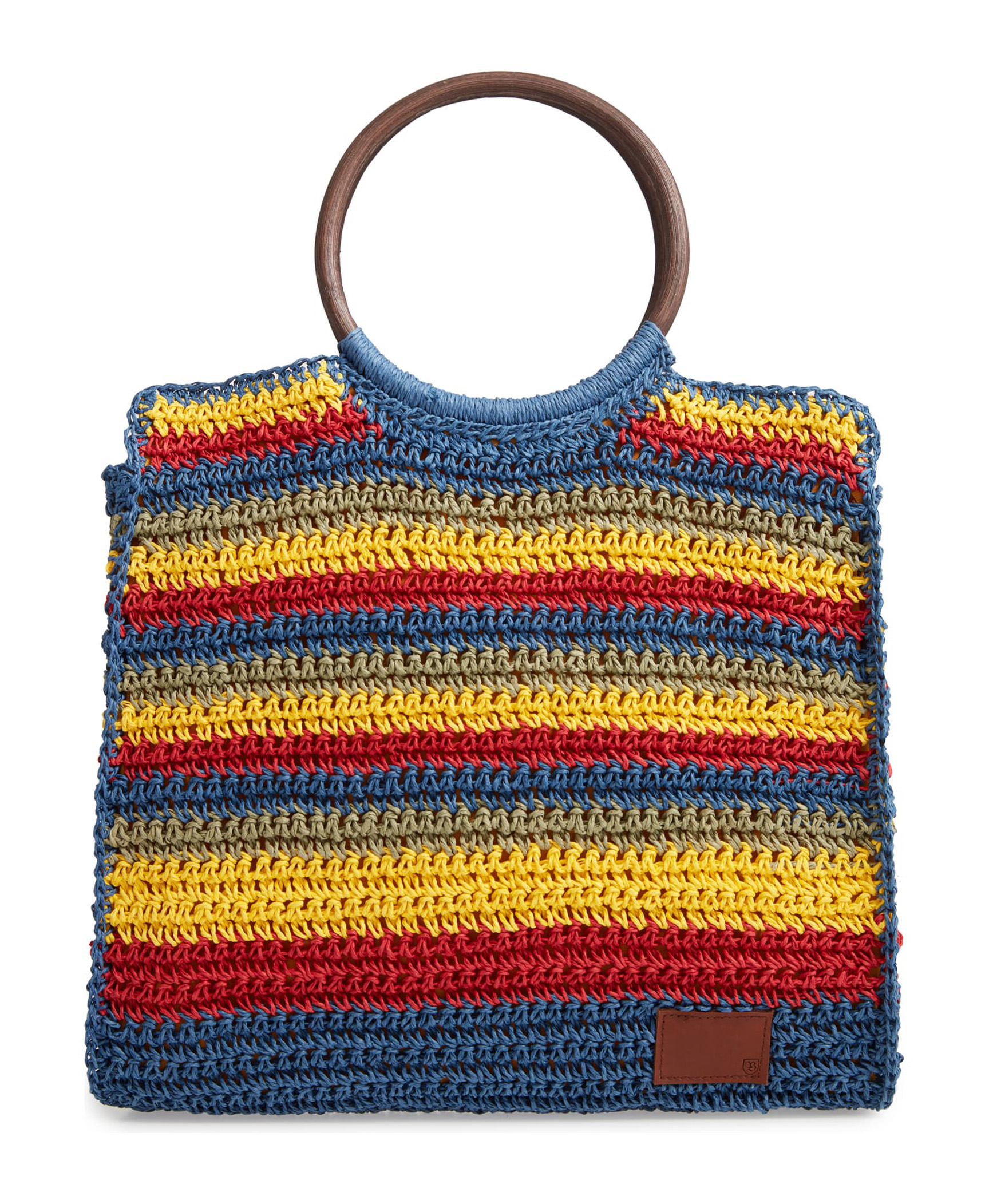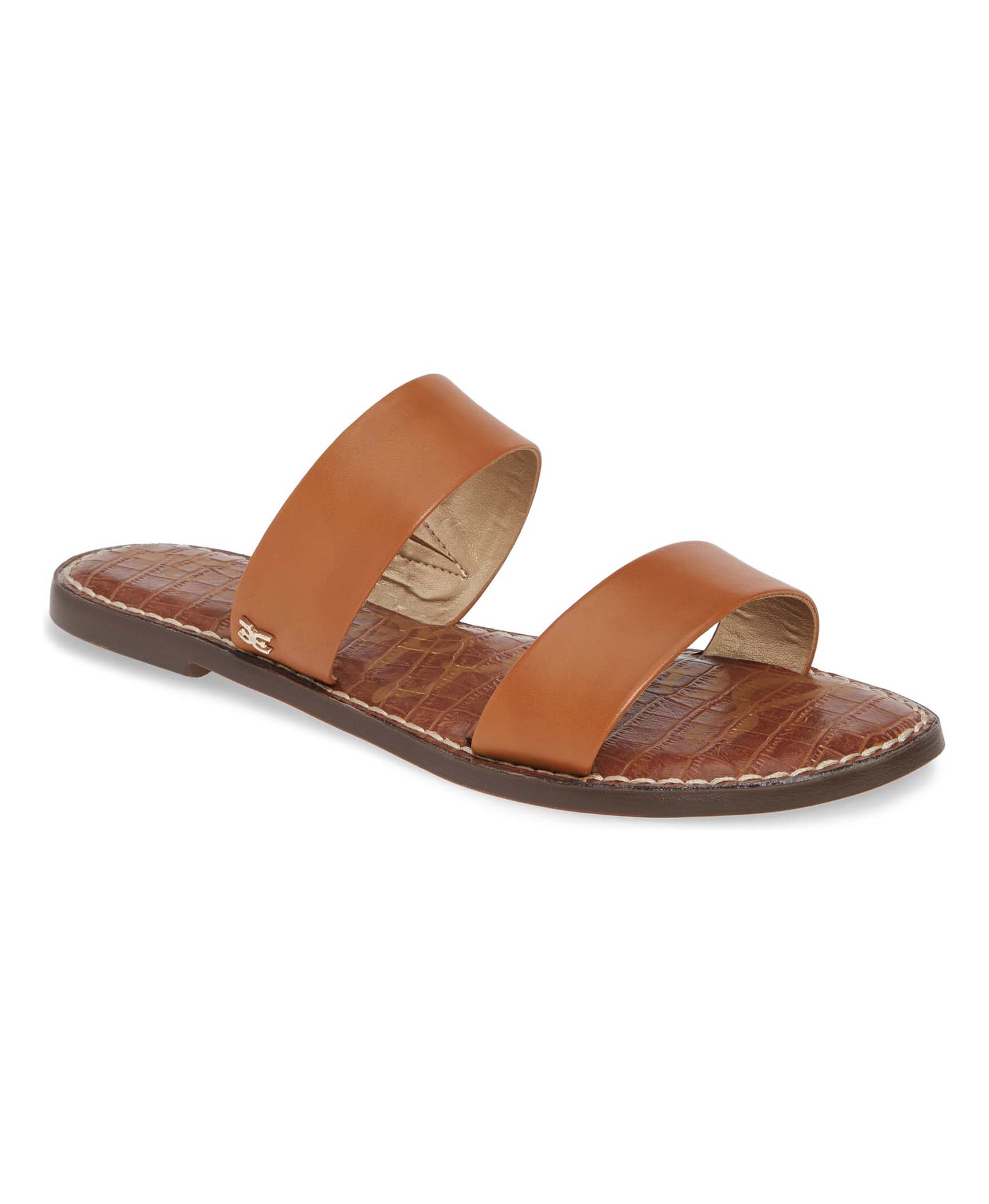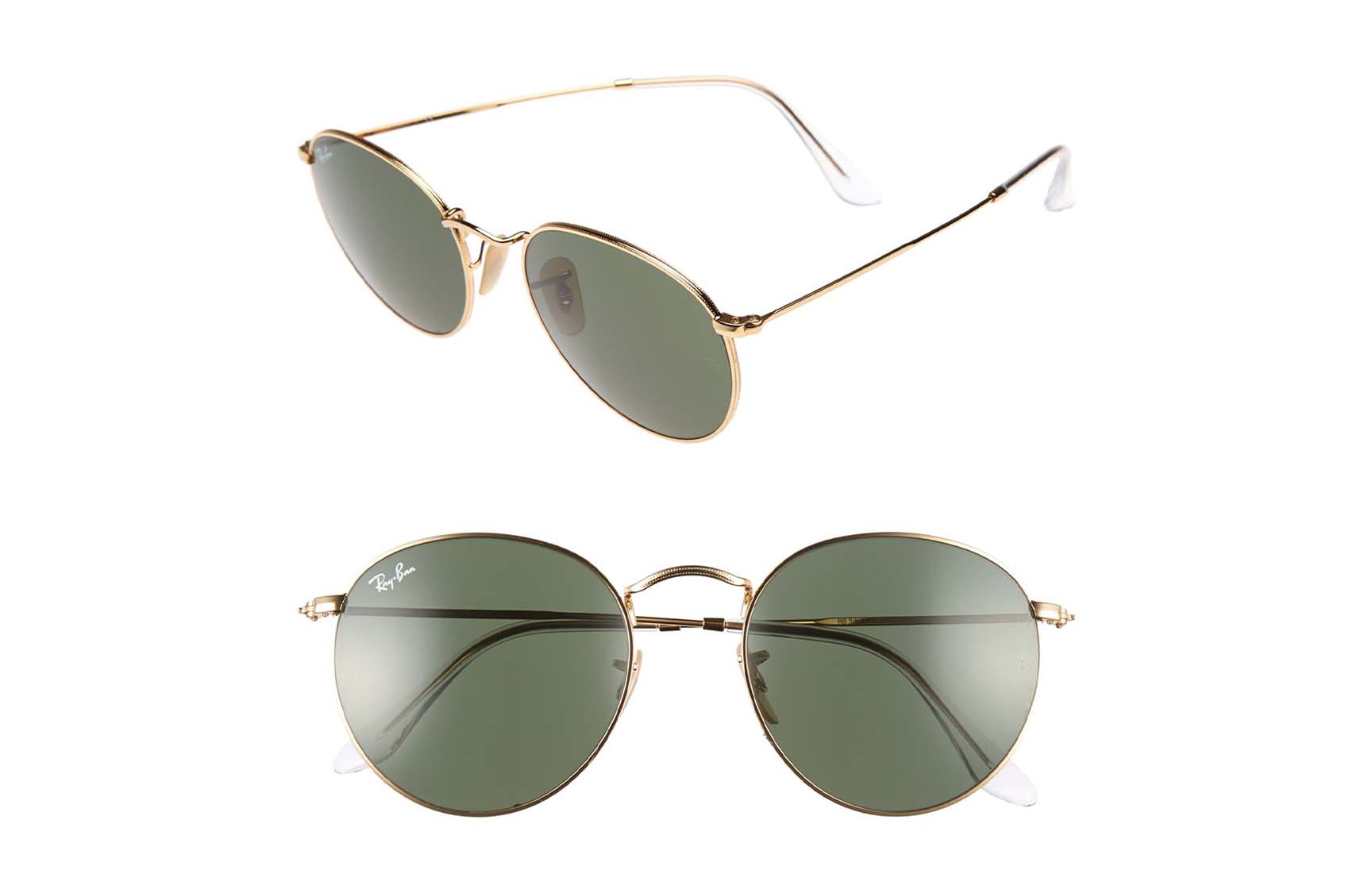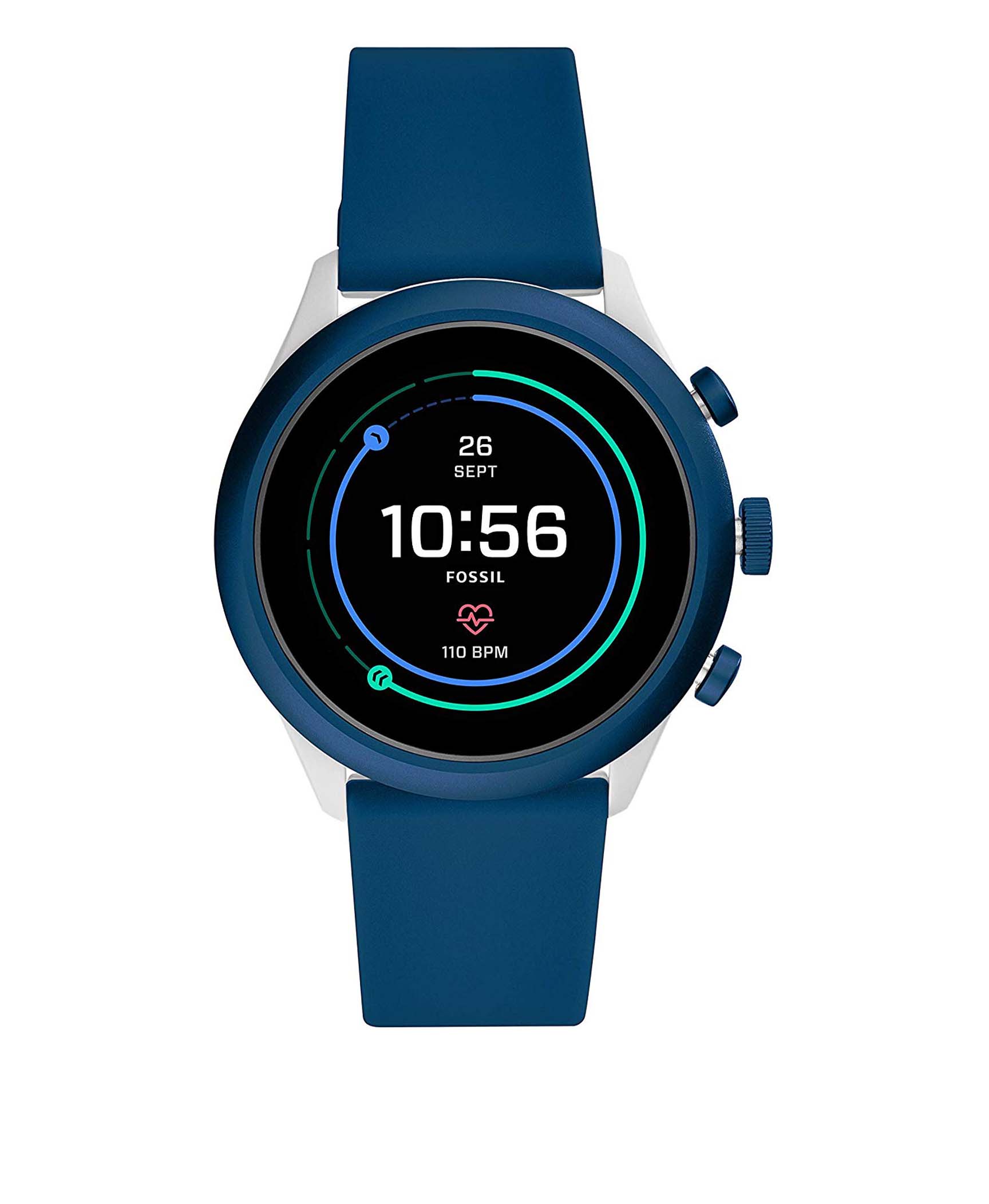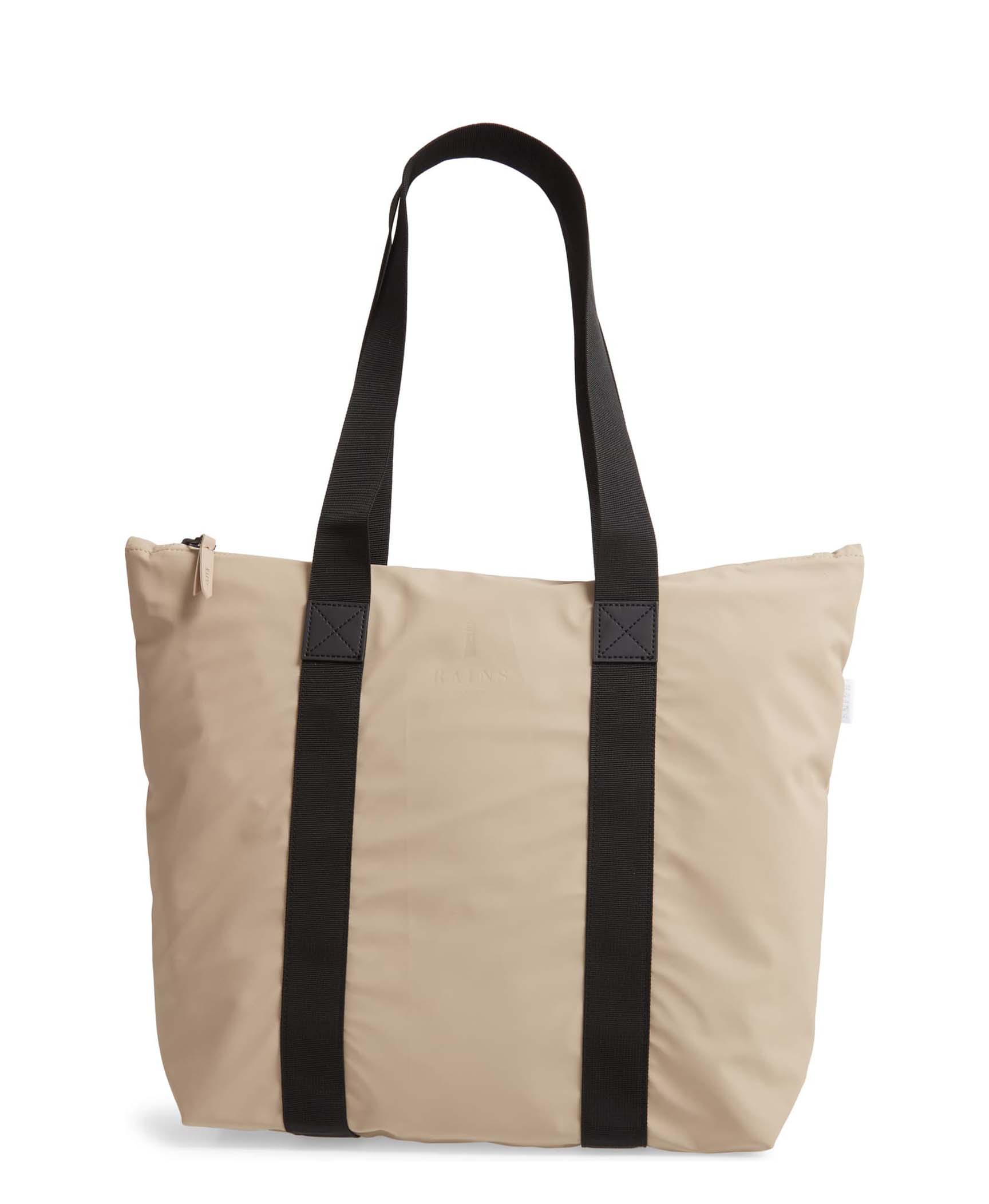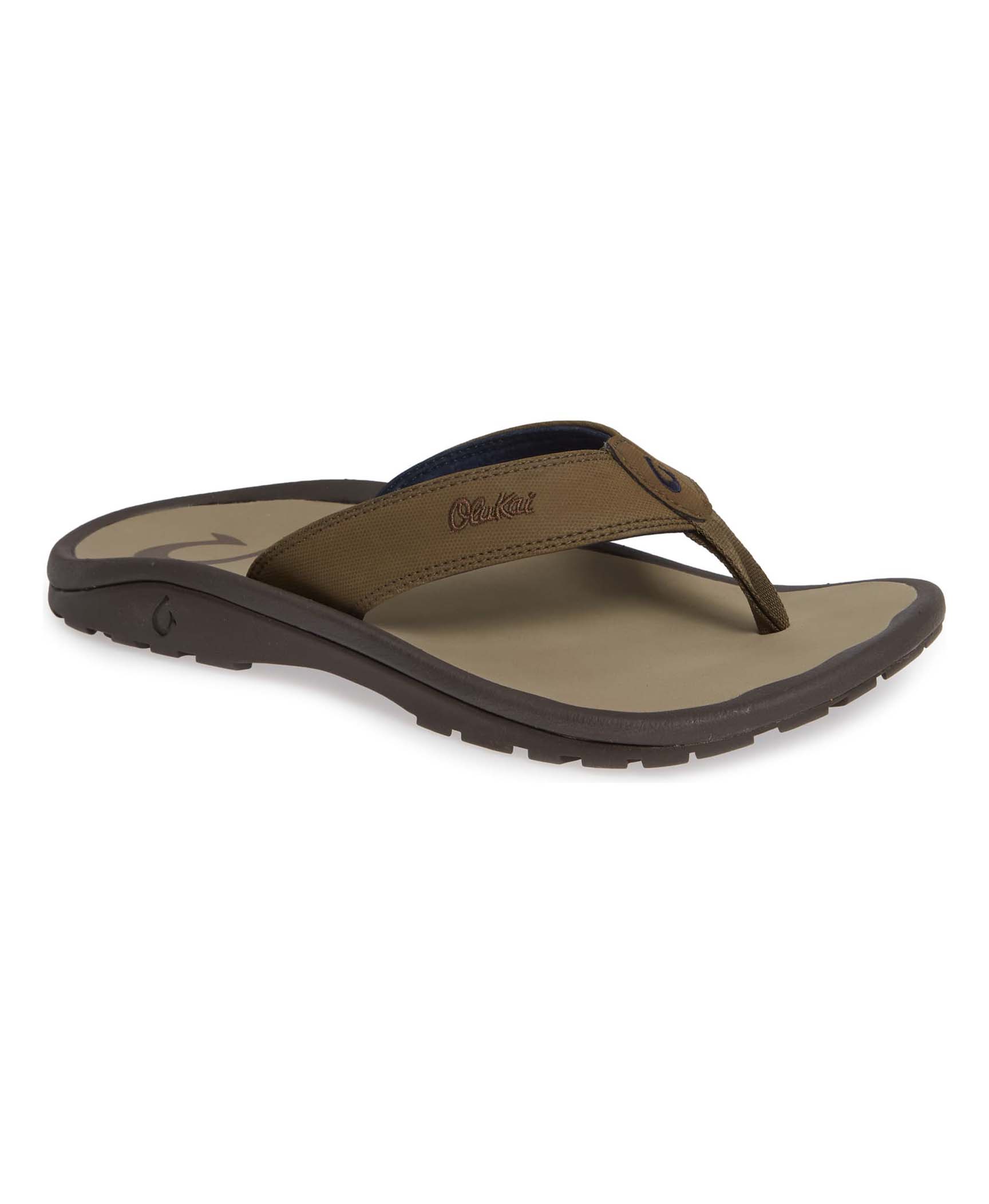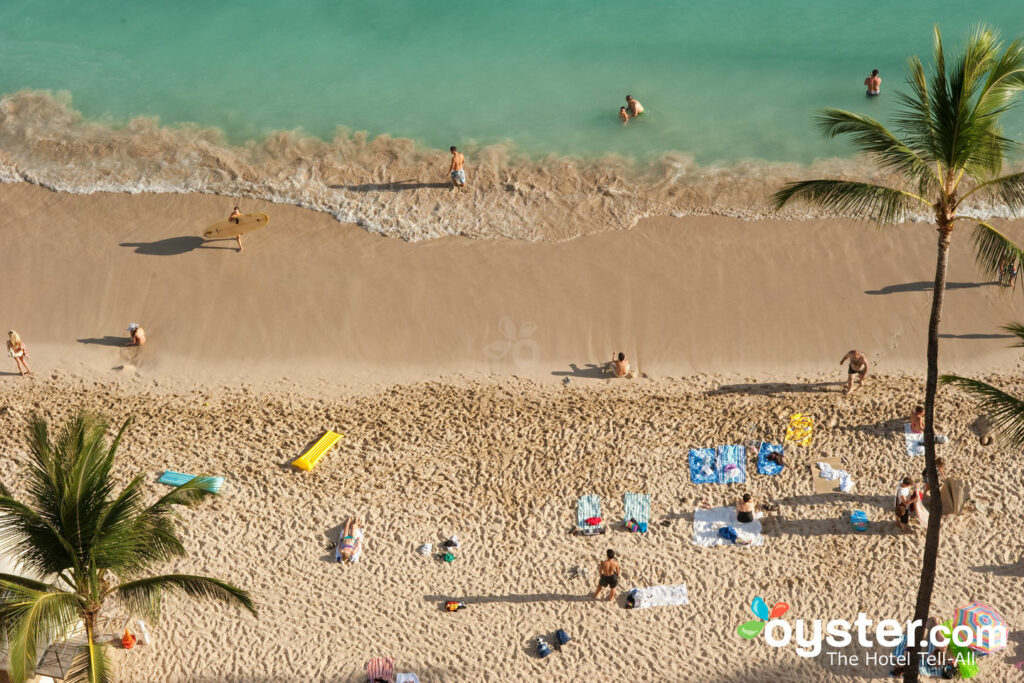
Things you might know about Honolulu: It’s located on the island of Oahu, it’s the capital of Hawaii, and the Waikiki neighborhood is its epicenter for dining, nightlife, and shopping. Things you might not know: It isn’t cheap and many parts of the destination are touristy. In fact, the standard price for daily supplies and food is about 30 percent higher than in the continental United States. That may not matter if you’re booking an all-inclusive resort, but if you want to make the most out of your time (and dollar) in Honolulu, and get a taste of the local life, here are some tips to keep in mind.
1. Expect traffic in paradise.

Honolulu is the biggest city in Hawaii. Each day, the 350,000 locals are joined by another 70,000 or so tourists, including many who have rental cars. That means the handful of major thoroughfares throughout the city get clogged, particularly during the morning and evening rush hours between 6:30 to 8:30 a.m. and 4 and 6 p.m. If you get stuck in traffic, do not honk. You’ll likely just annoy other drivers, since there are few driving options around Honolulu.
2. Parking isn’t cheap, so consider the bus.
Most hotels have parking and may even include it with your room rate. However, if you’re planning to zip around town, be prepared to drop a lot of cash on parking garages and valets, since it’s tough to find an available public parking spot. Keep in mind that popular neighborhoods like Waikiki are fairly small and walkable. Honolulu also has a lot of well-maintained municipal and hop-on buses that you can take for short distances. The city bus only costs $2.75 for a ride and $5.50 for a day pass.
3. Not everyone is Hawaiian.
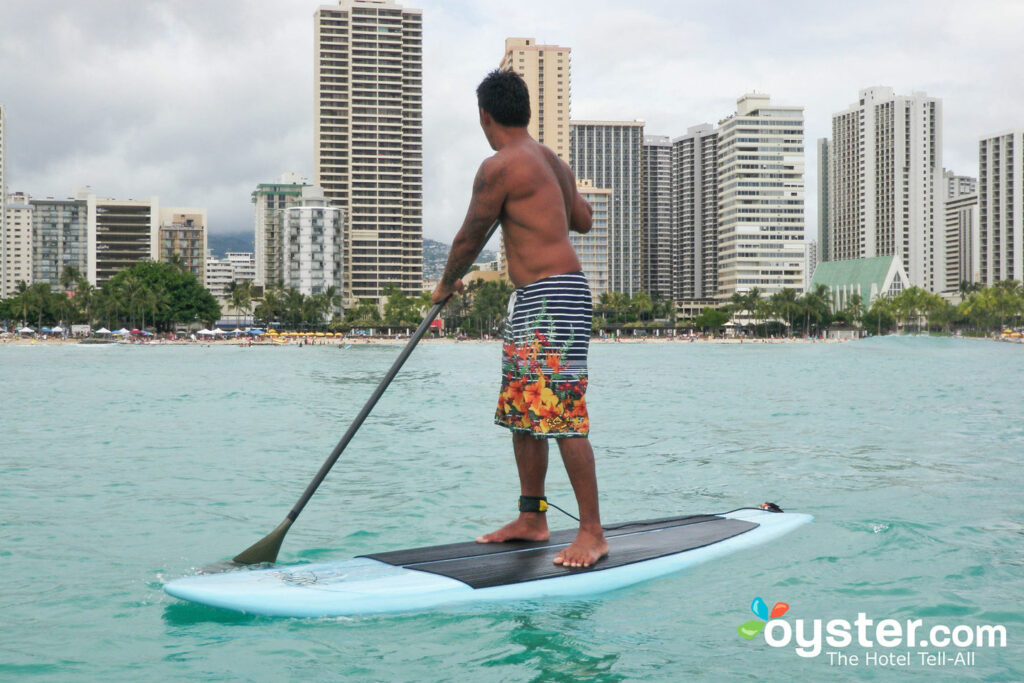
Native Hawaiians (Kanaka Maoli) are a specific people that descended from Polynesians, who sailed to the island in the fifth century A.D. That said, not all of the folks you’ll meet in Honolulu will be Hawaiian. The 2010 census reported that 38 percent of Hawaii’s residents are Asian, 25 percent are Caucasian, and only about 10 percent are Native Hawaiian or Pacific Islander. Tip: Referring to people who live in Hawaii as “locals” is a little more accurate than describing them as “Hawaiians.”
4. Try a local spa.
You might be temped to pick up the phone and book a spa treatment at the hotel. However, keep in mind that a resort spa package can easily cost $500 or more. If you’re willing to take a short walk from your hotel, Honolulu has many excellent spas to consider. For example, Laka Spa in the Kakaako district of Honolulu offers a two-and-a-half-hour package with reflexology, a scalp massage, a body rub, and a light meal for $235. (A resort might charge you double that price for service of equal quality.)
5. Consider inland hotels.
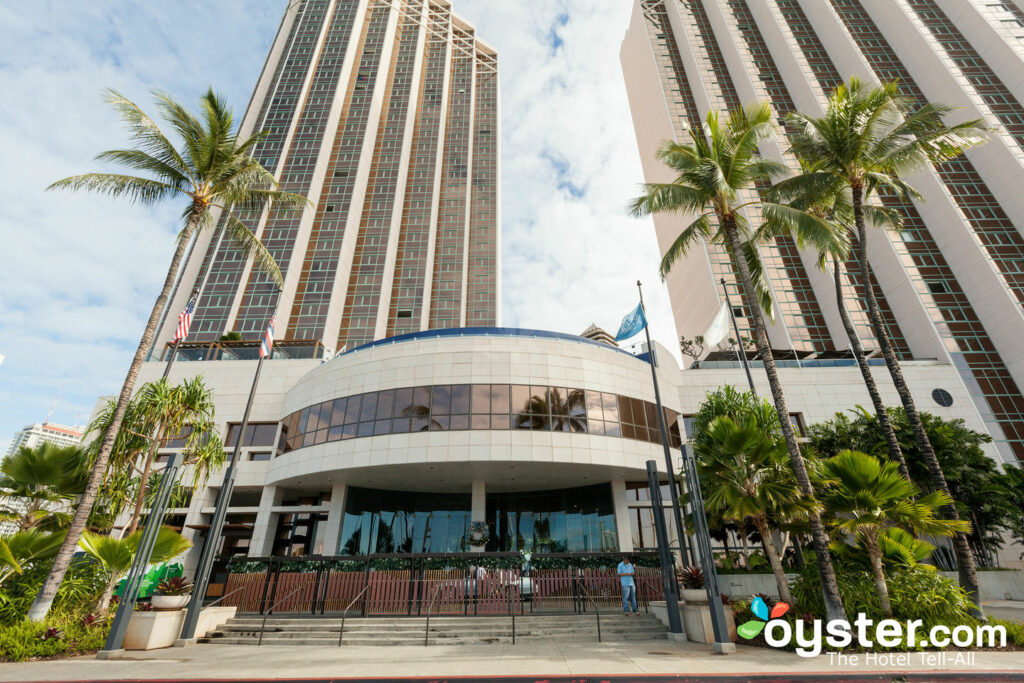
Waking up and drawing back the hotel room curtain to see an endless blue ocean is an amazing experience that often comes with a hefty price tag. To save some money, opt for a hotel located a short walk from the beach instead. Of course, if this is your once-in-a-lifetime trip to Honolulu (and you have cash to spare), booking a room with a view may be worth it.
6. Try the amazing donuts.
Malasadas, one of the most popular Hawaiian desserts, is actually Portuguese. These confections consist of a dough made from yeast, eggs, butter, and flour, which is deep-fried and coated with sugar. The locals make it their own by adding tropical fillings such as guava and mango. Leonard’s Bakery is a popular spot to get this delectable treat, but you may also want to check out Kamehameha Bakery.
7. A Hawaiian plate lunch is a must.
Loaded with carbs, the Hawaiian plate lunch is definitely worth trying (or maybe sharing). These starch-and-meat-filled lunches originated in the late 19th century when plantation workers needed an energy-packed meal to get them through the day. As lunch wagons grew in popularity during the first half of the 20th century, the plate lunch became commonplace. Dishes often reflect the island’s Asian immigrant population and local Hawaiian tastes — char siu-style pork, Portuguese sausage, salmon teriyaki, and Spam musubi are often included. Scoops of white rice were long a side dish, and macaroni salad was added some time in the mid-century. You may stroll by plenty of ads for the Hawaiian plate lunch, but some of the best can be found at Rainbow Drive-in, Yama’s Fish Market, and Pongo’s Kitchen.
8. Snorkeling is tougher than you think.
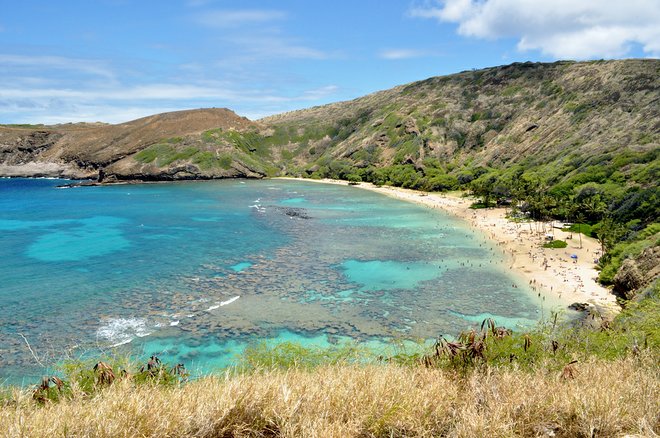
Honolulu is home to Hawaii’s “deadliest beach,” Hanauma Bay. It’s known for being an excellent spot to snorkel, thanks to its calm coastal waters. However, many tourists, particularly older ones, underestimate the strenuousness of snorkeling, assuming it requires just floating rather than actively swimming. As a result, heart attacks and misjudgment cause drownings. Still want to go snorkeling? Understand the risks before you partake in the popular activity (which actually can be a wonderful way to appreciate the local marine life). The rough waves at other beaches can be tough to handle if you’re not an experienced ocean swimmer. Be mindful of warnings signs, especially when heading toward deep waters.
9. Consider coupons.
When walking down the sidewalks of Honolulu, you’ll see kiosks for newspapers and magazines. Many of these publications are packed with coupons. Some are for English-speakers, while others are made for Japanese-speaking tourists. If you’re traveling alone or as a couple on an extravagant weekend, you may find poring over these giveaways tedious. However, if you’re a parent trying to make every dollar count on a family vacation, these coupons can help you save on luaus, dinners, and other big expenses. A passionate bargain-hunter may want to search both the English- and Japanese-language magazines, since some coupons don’t appear in both. The Go Oahu Card can also be a money-saver, if you plan on visiting several of the spots included with it, such as Iolani Palace, the Polynesian Cultural Center, and Sea Life Park Hawaii.
10. Luaus aren’t always authentic.
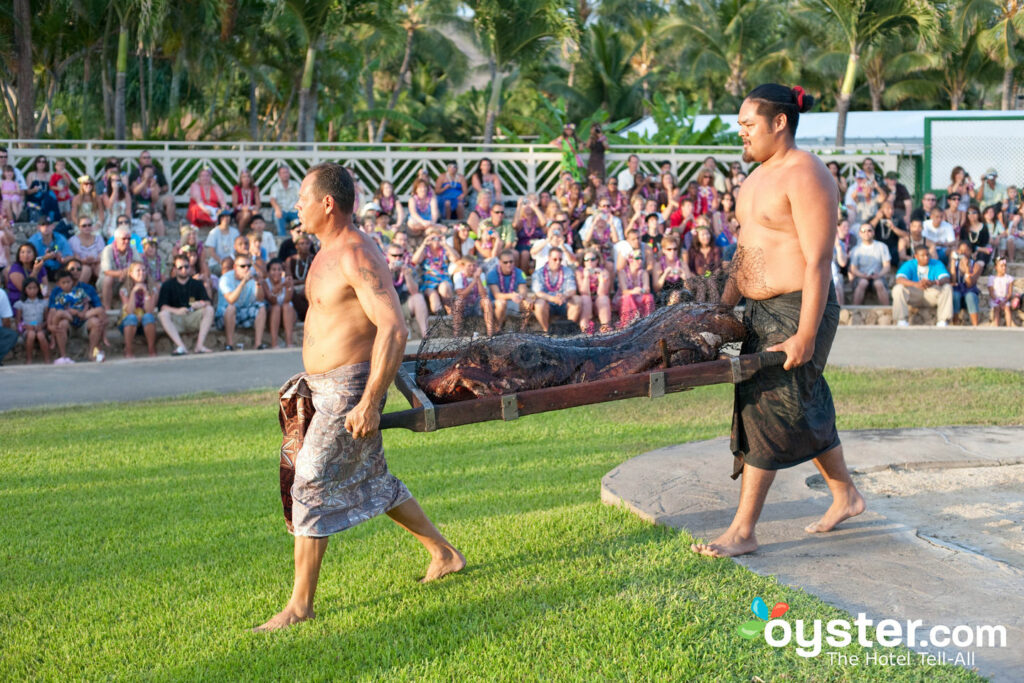
Luaus are a lot of fun, particularly for families. Most have activities for kids, overflowing buffets stocked with meaty dishes, and dance routines rarely seen outside of Hawaii. However, many of these shindigs aren’t exactly authentic to Hawaiian culture. If you want a reverent luau, check out the offerings from the Polynesian Cultural Center, where they teach traditional dances, lecture about Maori tattoos, and serve samples of poi (that funky fermented taro root dish). While considering other luaus, keep in mind that some are like theme park interpretations of Polynesian culture.
11. Much of Chinatown closes by 3 p.m.
Hawaii’s immigrant community has built Honolulu’s Chinatown into a bustling center for food from all over Asia. If you’re a cook, you’ll probably find a lot of ingredients here that you don’t see in the rest of America. Plus, the excellent restaurants are not just Chinese, but also offer Thai and Vietnamese cuisines. Keep in mind that many businesses close by 3 p.m., and tourists who visit later may be disappointed by what remains open.
12. Don’t forget — nature doesn’t cost much.
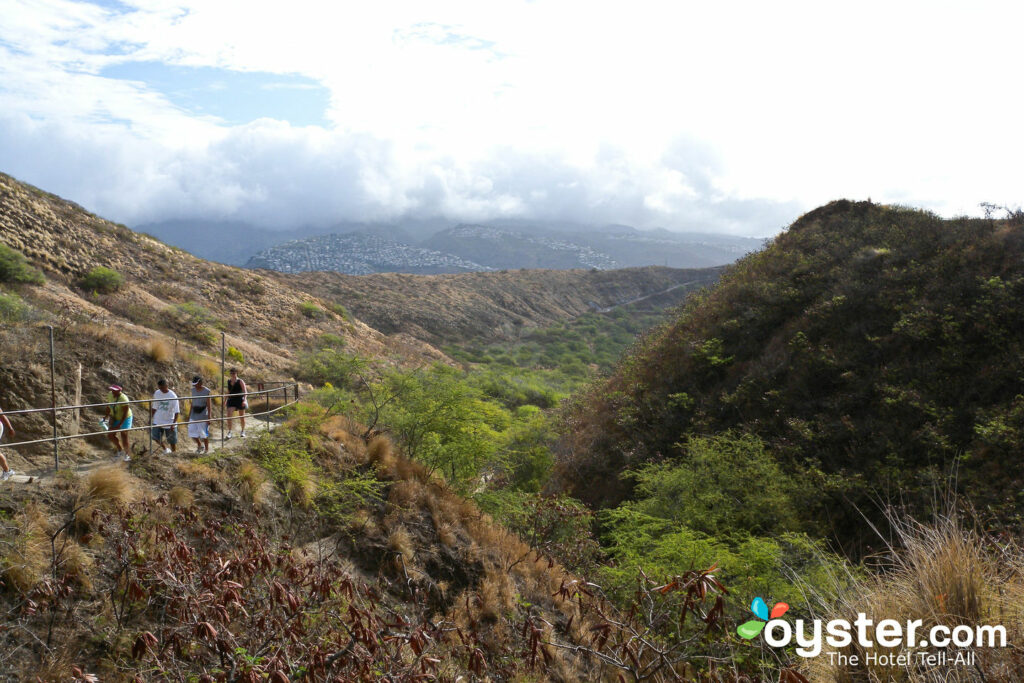
The good life in Hawaii can get pricey quickly, but a major reason why people visit is to take in the nature and the national parks. Forty-two out of the 50 beaches in Hawaii are free, and Diamond Head State Park — home to one of the most beautiful hikes in the state — charges $13 for adults and $6 for kids over six. Plus, it’s only a 20-minute drive from downtown Honolulu.
13. Don’t miss the free fireworks.
Every Friday, the Hilton Hawaiian Village shoots off a free fireworks display at 7:45 p.m., and they’re free to the public. The show only lasts about 10 minutes, but it can be a fun reason to walk around Waikiki.
Don’t Forget to Pack These Hawaii Vacation Essentials:
You’ll Also Like:
- Where to Go in Hawaii: A Cheat Sheet to the Top Destinations
- The 8 Best Cheap Hotels in Honolulu
- Oahu vs. Maui: Which Hawaiian Island Should You Choose?
- The Best Beaches in Hawaii for Each Type of Traveler
All products are independently selected by our writers and editors. If you buy something through our links, Oyster may earn an affiliate commission.
